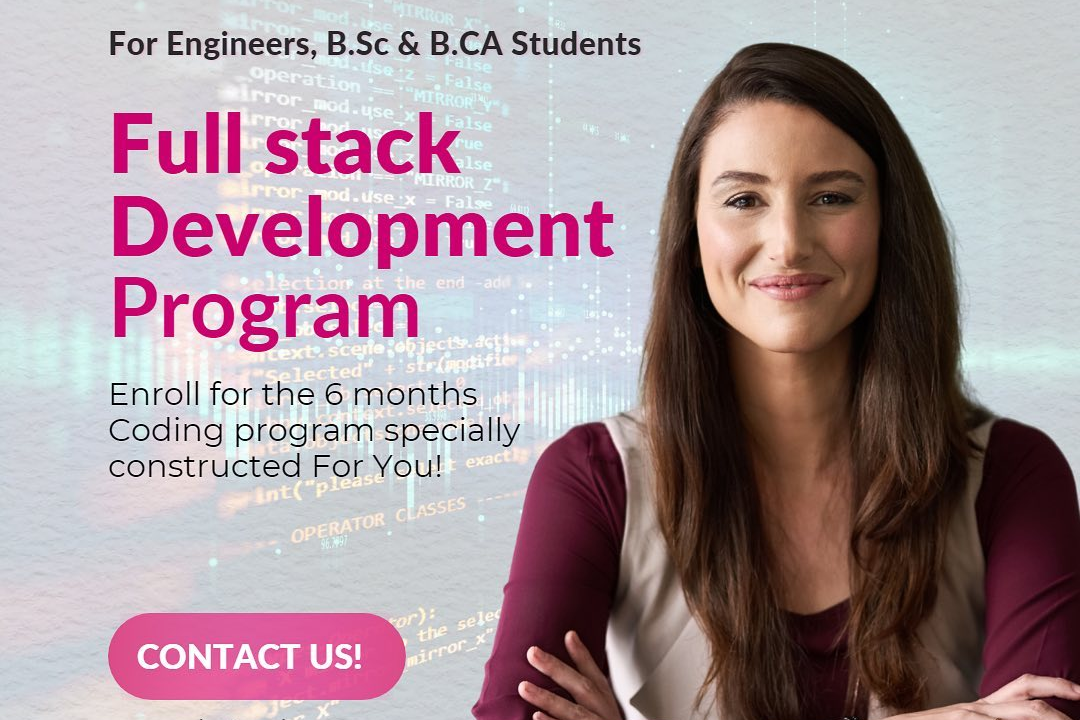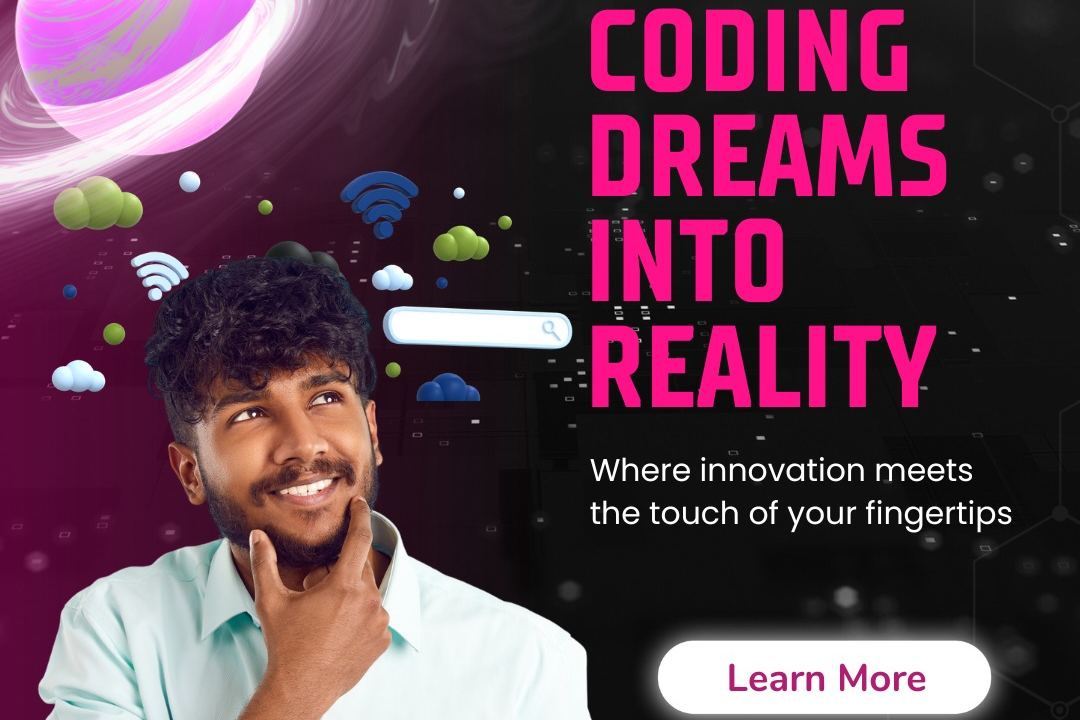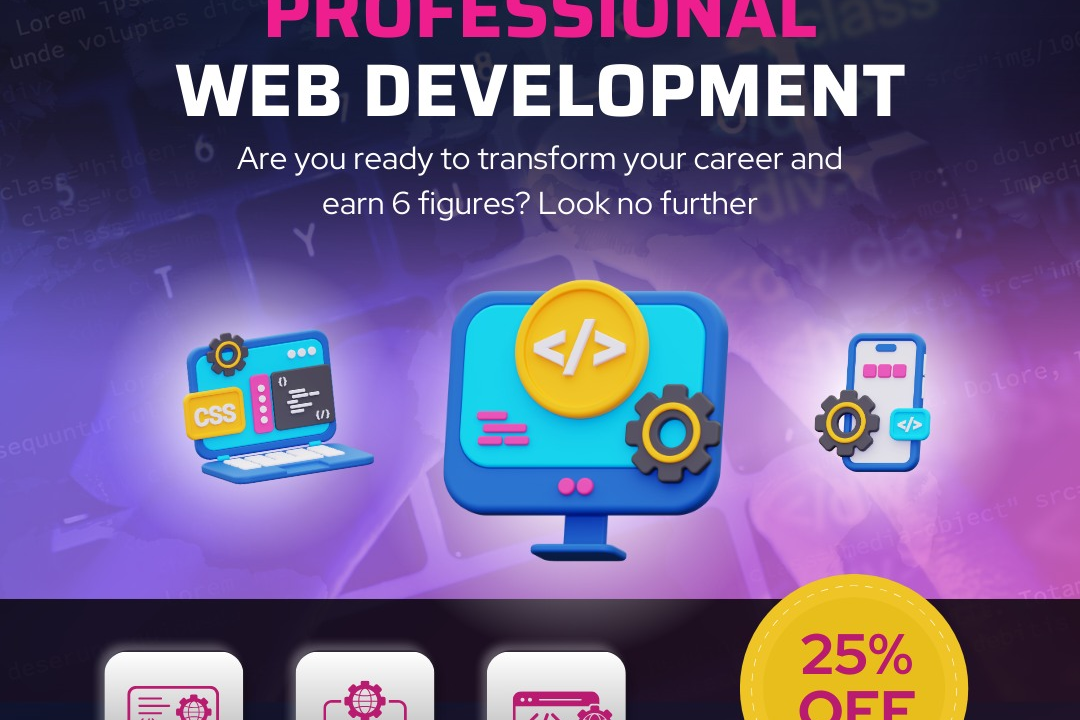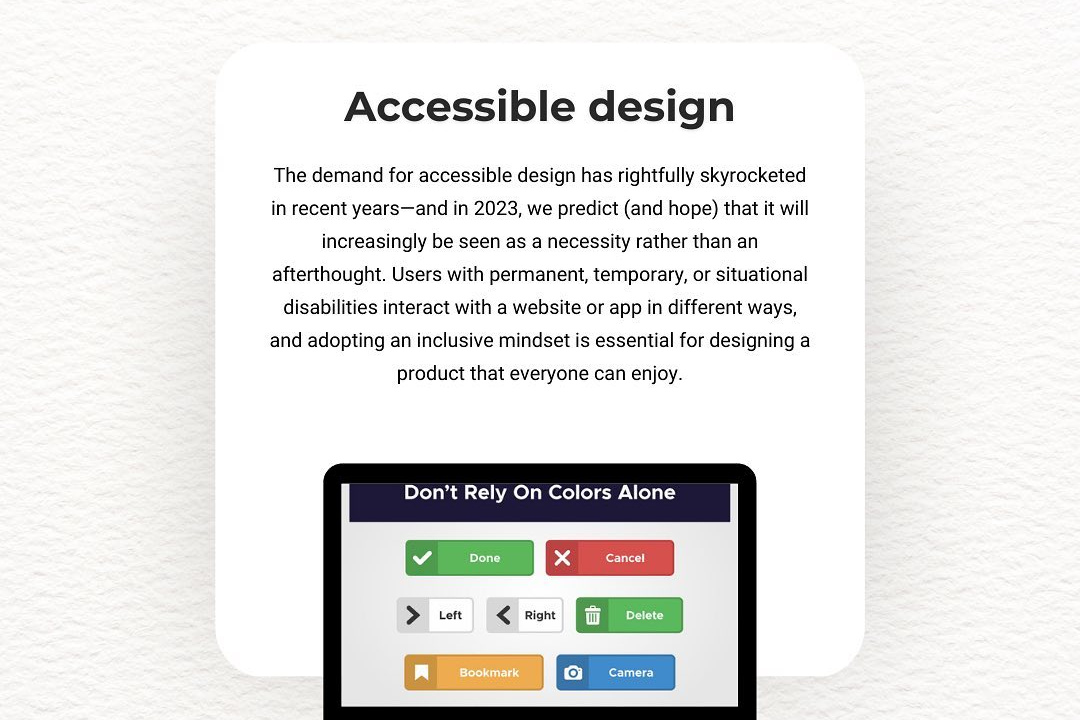client side programming in PHP
Client-side programming in PHP refers to the use of PHP in conjunction with client-side technologies
client side programming in PHP
Client-side programming in PHP is instrumental in creating dynamic and interactive web applications by enabling seamless communication between the server and the client. While PHP primarily functions as a server-side language for processing data and generating HTML, it works effectively with client-side technologies like JavaScript and AJAX to enhance user experiences. By leveraging PHP to send data to the client side, developers can implement real-time updates, form validations, and interactive elements without requiring full page reloads. This integration improves responsiveness and overall performance, ultimately leading to a more engaging and efficient user interface.
To Download Our Brochure: https://www.justacademy.co/download-brochure-for-free
Message us for more information: +91 9987184296
Client side programming in PHP is instrumental in creating dynamic and interactive web applications by enabling seamless communication between the server and the client. While PHP primarily functions as a server side language for processing data and generating HTML, it works effectively with client side technologies like JavaScript and AJAX to enhance user experiences. By leveraging PHP to send data to the client side, developers can implement real time updates, form validations, and interactive elements without requiring full page reloads. This integration improves responsiveness and overall performance, ultimately leading to a more engaging and efficient user interface.
Course Overview
The ‘Client-Side Programming in PHP’ course provides learners with a comprehensive understanding of how to enhance web applications through effective client-side techniques. Participants will explore the integration of PHP with JavaScript, AJAX, and other client-side technologies to create dynamic, interactive user experiences. The course covers essential topics such as form validation, real-time data updates, and optimizing the communication between server and client, equipping learners with the skills to build seamless, responsive web applications. Through hands-on projects, students will gain practical experience and confidence in implementing client-side programming strategies alongside PHP, preparing them for real-world web development challenges.
Course Description
The “Client-Side Programming in PHP” course offers a focused exploration of how PHP can be integrated with client-side technologies to create engaging and interactive web applications. In this course, learners will delve into key concepts such as form validation, asynchronous data loading with AJAX, and utilizing JavaScript to enhance user interfaces. Through practical, real-world projects, students will develop the skills necessary to optimize the client-server interaction, ensuring a smooth user experience. By the end of this course, participants will be equipped with the foundational knowledge and practical expertise to implement effective client-side programming solutions in their web development endeavors.
Key Features
1 - Comprehensive Tool Coverage: Provides hands-on training with a range of industry-standard testing tools, including Selenium, JIRA, LoadRunner, and TestRail.
2) Practical Exercises: Features real-world exercises and case studies to apply tools in various testing scenarios.
3) Interactive Learning: Includes interactive sessions with industry experts for personalized feedback and guidance.
4) Detailed Tutorials: Offers extensive tutorials and documentation on tool functionalities and best practices.
5) Advanced Techniques: Covers both fundamental and advanced techniques for using testing tools effectively.
6) Data Visualization: Integrates tools for visualizing test metrics and results, enhancing data interpretation and decision-making.
7) Tool Integration: Teaches how to integrate testing tools into the software development lifecycle for streamlined workflows.
8) Project-Based Learning: Focuses on project-based learning to build practical skills and create a portfolio of completed tasks.
9) Career Support: Provides resources and support for applying learned skills to real-world job scenarios, including resume building and interview preparation.
10) Up-to-Date Content: Ensures that course materials reflect the latest industry standards and tool updates.
Benefits of taking our course
Functional Tools
1 - Visual Studio Code
Visual Studio Code (VS Code) is a powerful, open source code editor that supports a wide range of programming languages, including PHP. It provides features such as intelligent code completion, syntax highlighting, and debugging tools, which make the coding process more efficient. With a rich ecosystem of extensions, students can enhance their development experience by integrating tools for version control, linting, and code formatting. VS Code’s built in terminal allows seamless interaction with command line tasks, facilitating a smoother workflow while working on client side projects.
2) XAMPP
XAMPP is a versatile local server solution that bundles Apache, MySQL, PHP, and Perl. It enables students to create a local development environment for testing and running their PHP applications. By utilizing XAMPP, learners can quickly deploy their projects without needing a live server, making it an essential tool for practicing coding skills. Its user friendly interface simplifies database management through phpMyAdmin, allowing students to interact with databases effortlessly, which is crucial for developing dynamic web applications.
3) Bootstrap
Bootstrap is a popular front end framework that simplifies the process of designing responsive and aesthetically pleasing web applications. It provides a collection of pre designed components like buttons, forms, and navigation bars, which help students quickly implement UI designs without extensive CSS knowledge. By using Bootstrap, learners can focus more on programming functionality while still achieving professional looking designs. Integrating Bootstrap into PHP projects allows for a seamless connection between server side scripting and dynamic front end development.
4) PHPStorm
PHPStorm is a powerful IDE specifically designed for PHP development. It offers advanced code navigation, refactoring tools, and integrated debugging features that enhance the learning experience for students. PHPStorm’s support for databases, frameworks, and frontend technologies like HTML, CSS, and JavaScript provides a well rounded environment for developing intricate web applications. The intuitive user interface and intelligent code completion functionalities can significantly accelerate coding and debugging processes, making it an ideal tool for students diving deep into PHP programming.
5) Git and GitHub
Git is a version control system that allows developers to track changes in their code and collaborate with others effectively. In this course, students will learn how to use Git commands and workflows to manage their projects efficiently. Coupled with GitHub, an online platform for code hosting and collaboration, students can save their work, share projects, and contribute to collaborative efforts. Understanding Git and GitHub is essential for modern web development, as it fosters best practices in code management and facilitates teamwork, allowing students to build their professional network and showcase their work.
6) Postman
Postman is an API development and testing tool that enables students to interact with RESTful APIs seamlessly. It allows users to send requests and receive responses, helping them understand how client side applications communicate with servers. In this course, students will utilize Postman to test their PHP web applications' endpoints, ensuring that their back end services function correctly. With features like collections and environment variables, Postman enhances efficiency in API testing and provides a better understanding of client server interactions, which is crucial for developing full stack web applications.
7) Laravel
Laravel is a robust PHP framework that adheres to the MVC (Model View Controller) architectural pattern. It provides students with an elegant syntax and a toolkit that simplifies tasks such as routing, authentication, and database management. By leveraging Laravel’s powerful features, learners can develop full featured web applications more efficiently and with less boilerplate code. The built in tools for testing and debugging, along with comprehensive documentation, empower students to understand best practices in web application development and design.
8) Composer
Composer is a dependency manager for PHP that enables students to manage libraries and packages effectively. By using Composer, learners can easily integrate third party libraries into their projects, maintaining organization and reducing code complexity. It helps students keep their projects up to date with the latest versions of dependencies, ensuring compatibility and stability. Understanding how to leverage Composer will equip students with the skills to navigate larger projects and collaborate with other developers who use shared libraries.
9) MySQL Workbench
MySQL Workbench is a visual tool for database design and management that allows students to create, model, and manage MySQL databases graphically. This tool simplifies complex database tasks, facilitating easier interaction with their databases. With features like SQL query building, data modeling, and server configuration, MySQL Workbench makes it easier for learners to manage backend data effectively, enhancing their understanding of database interactions within their PHP applications.
10) Figma
Figma is a cloud based design tool that allows students to create and prototype user interfaces collaboratively. It is particularly valuable for students looking to design their web applications visually before diving into code. By using Figma, learners can create wireframes and high fidelity mockups, ensuring that UI designs are user friendly and meet the project requirements. Collaboration features allow for seamless feedback from peers and instructors, enhancing the overall learning experience and fostering design thinking skills.
11 - Docker
Docker is an open source platform that enables students to develop, ship, and run applications in containers. This technology helps ensure consistency across different environments, making it easier to manage applications and their dependencies. By incorporating Docker into their learning, students can create isolated environments for their PHP applications, simplifying the development process and reducing “it works on my machine” issues. Understanding containerization will prepare learners for modern deployment practices and microservices architecture.
12) WAMP Server
WAMP (Windows, Apache, MySQL, PHP) server provides an easy to install environment to develop and test PHP applications on Windows. It brings together all the necessary components in a single package, making it ideal for students new to PHP programming. With a straightforward interface for managing server settings, students can quickly set up their development environment to experiment with PHP scripts and database interactions without the complexity of configuring individual components.
13) Swagger
Swagger is a powerful tool for API documentation and design that helps students create clear and interactive API documentation for their PHP applications. By using Swagger, learners can define API endpoints, methods, and parameters in a standardized way, making it easier for developers to understand how to integrate their applications with backend services. This tool fosters best practices in documenting APIs, ensuring that learners produce high quality and maintainable code, while also enhancing collaboration with front end developers.
14) Node.js
While PHP is primarily a server side scripting language, knowledge of Node.js can enhance a student’s full stack capabilities. It allows them to explore JavaScript driven server side programming, thereby providing a broader understanding of web application architecture. Learning to work with Node.js enables students to handle real time data and build more interactive applications, leading to a more comprehensive grasp of modern web development practices.
15) Google Analytics
Integrating Google Analytics into PHP applications can provide valuable insights into user behavior and application performance. Students will learn how to implement tracking codes within their projects to monitor usage statistics, enabling data driven decisions to improve user experience. Understanding user interactions and performance metrics is crucial for developing successful applications and allowing students to make informed enhancements based on analytics data.
16) Web Accessibility Tools
Incorporating web accessibility tools into their projects is essential for making PHP applications usable for individuals with disabilities. Students will learn about tools like WAVE and Axe, which help identify accessibility issues in their applications. By understanding and implementing accessibility standards (such as WCAG), learners can create inclusive web applications that cater to a broader audience, while also meeting legal compliance requirements.
Browse our course links : https://www.justacademy.co/all-courses
To Join our FREE DEMO Session:
This information is sourced from JustAcademy
Contact Info:
Roshan Chaturvedi
Message us on Whatsapp:
Email id: info@justacademy.co











